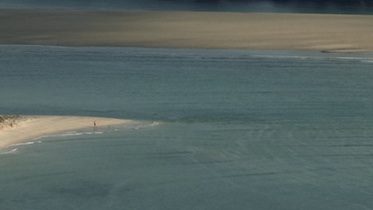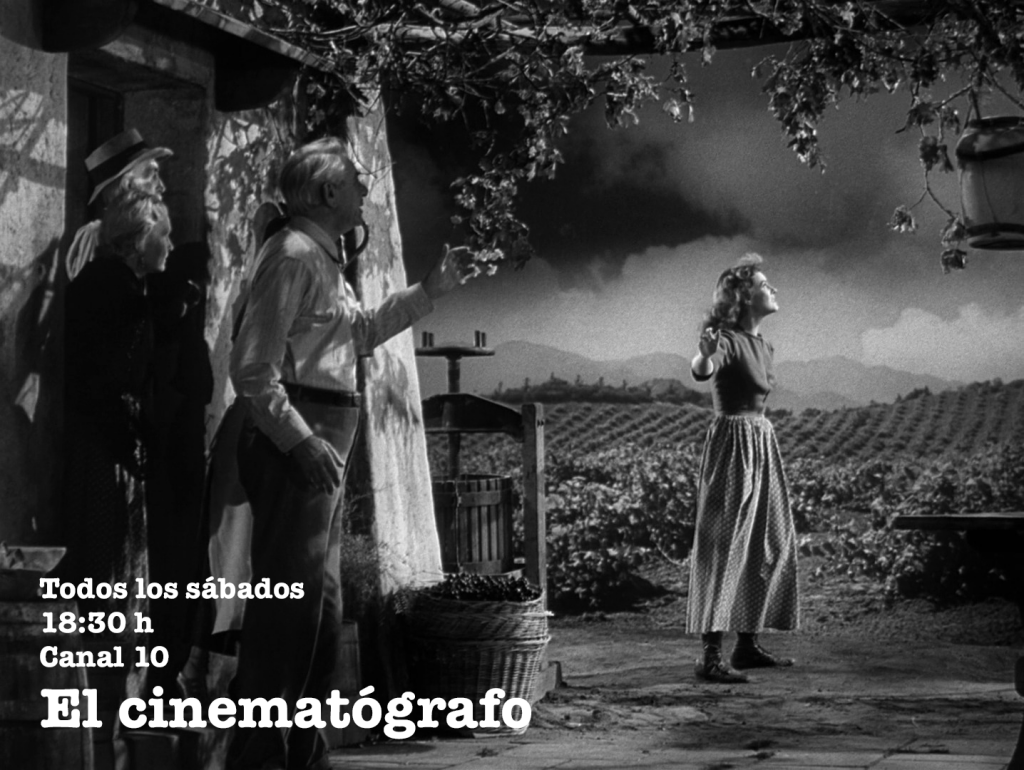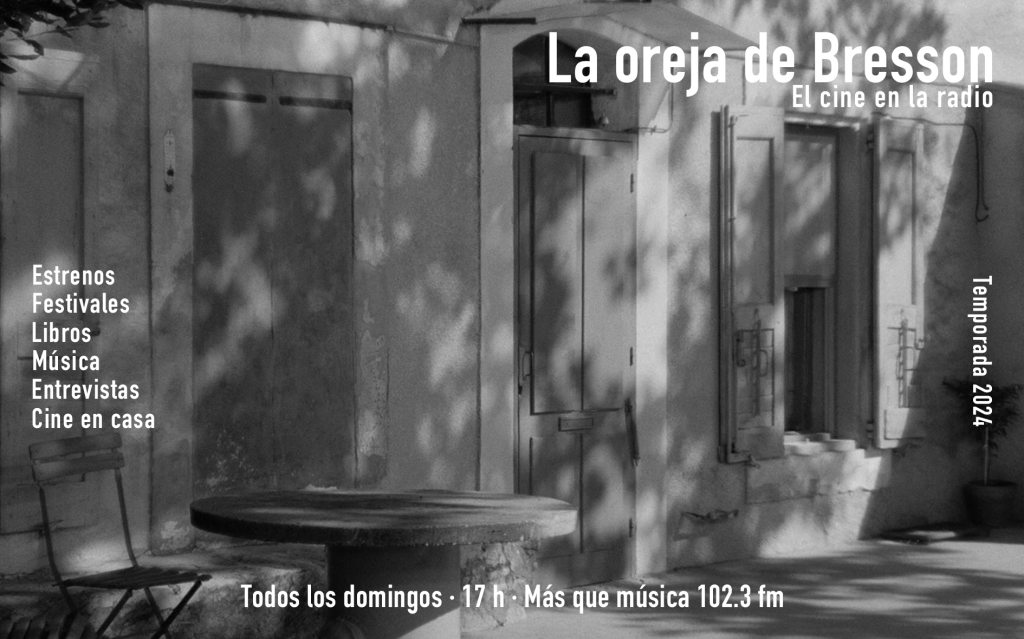
SHORT REVIEWS (13) / MES FICUNAM 2014 (08): PEOPLE AND LANDSCAPE
 Costa da Morte, Lois Patiño, España, 2013
Costa da Morte, Lois Patiño, España, 2013
In everyday life, our optical behavior rarely imitates the panoramic of cinema. Maybe that’s the reason we don’t see many panoramic shots as central shots in films. The panoramic shot is often employed to show the dimension of a battle, to pinpoint a location, or to use a (beautiful) landscape as a transition shot between two scenes. In Costa da Morte, except for three medium shots, the panoramic pervades through the mise en scene. Is this a reinvention of cinema’s vision? Is it the stimulation, on behalf of a cinematographic figure, of a different circuit of the brain for processing the input of light?
The conception of landscape in Patiño’s cinema is here at its most refined. In his first feature film he chooses a coastal city in Galicia to take his method to the extreme and makes an unexpected decision: to give a substantial position to the spoken word. What is interesting here is his democratic ingenuity: the discourse of the film is the landscape; sometimes men tell stories of shipwrecks and wars, they rehearse comical genealogies of the names of the surrounding mountains, they remember anecdotes. But Costa da Morte is that which speaks through them, because we always see these men as part of the landscape. Men are landscapes: their discourses belong to the geography and are born from it. This implies an extraordinary work of disjunction between what is heard and what is seen. Human figure turns diffuse, and words are detached from the mouth.
The intelligent sensitivity of this recording is flawless: a crane lifts a pile of logs; the following frames show their origin, then a fire; to film the landscape within time and to find the difference in duration. Who could forget those beautiful shots, at the beginning and at the end, of the sea collectors? In times where perceptual experience gets confused with the anabolic reality of 3D, Patiño’s film purifies the retina of its viewer.
***
 América / America, Valérie Massadian, EE.UU-Francia, 2013
América / America, Valérie Massadian, EE.UU-Francia, 2013
Commissioned films constitute a test for any director, whether he or she knows it or not. If there is an idea of cinema that implies an idea of the world, that vision, one way or another, will be reflected in the film. In this case, the Seattle NorthWest Film Forum invited the director of Nana to film in 35mm, in one shot only and without the option of editing after recording, a film with an American main character. The film reveals sensitivity and intelligence. A lateral travelling shot probes a forest until a female off-screen voice, in an elegiac tone, enunciates a time of darkness. The sonority oscillates between confession and prayer, and the recipient of the message seems to be The Great Spirit. Later, the speaker will look at us, and through her eyes her ancestors will also look unto us, who were there before cowboys and sheriffs and whose worldview was squashed and is immense and ridiculous for the white man. The attempt at filming that symbolic, gone, and evasive universe is brave, and might have some relationship with Massadian’s own interests, who seems to care for female characters and their direct relationship with the natural world. Coming from photography, the precision of the framing is no surprise, but the sound work certainly is —it stands out for its shrewd usage of out-of-screen elements. Definitely, The Great Spirit is not seen, but in America it sounds with vigor and rage through a wild nature that is not completely revealed.
* I received a personal email from Massadian explaining me that the only human presence here is a «he» and not a «she», but Massadian likes that kind of gender ambiguity and therefore I have decided to keep the mistake.
English version: Tiosha Bojórquez
Roger Koza / Copyleft 2014





Últimos Comentarios